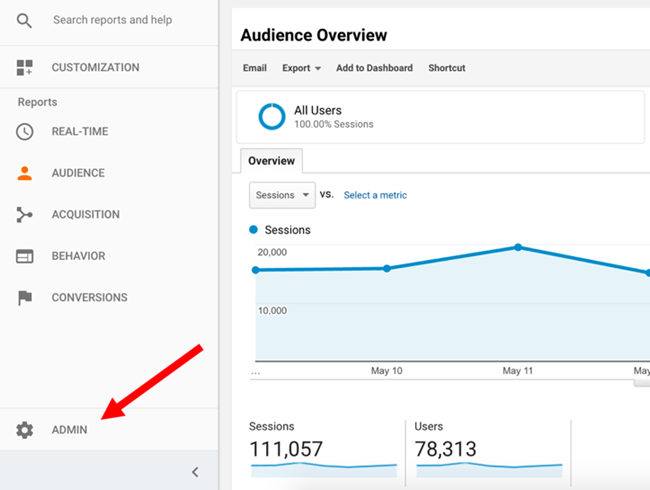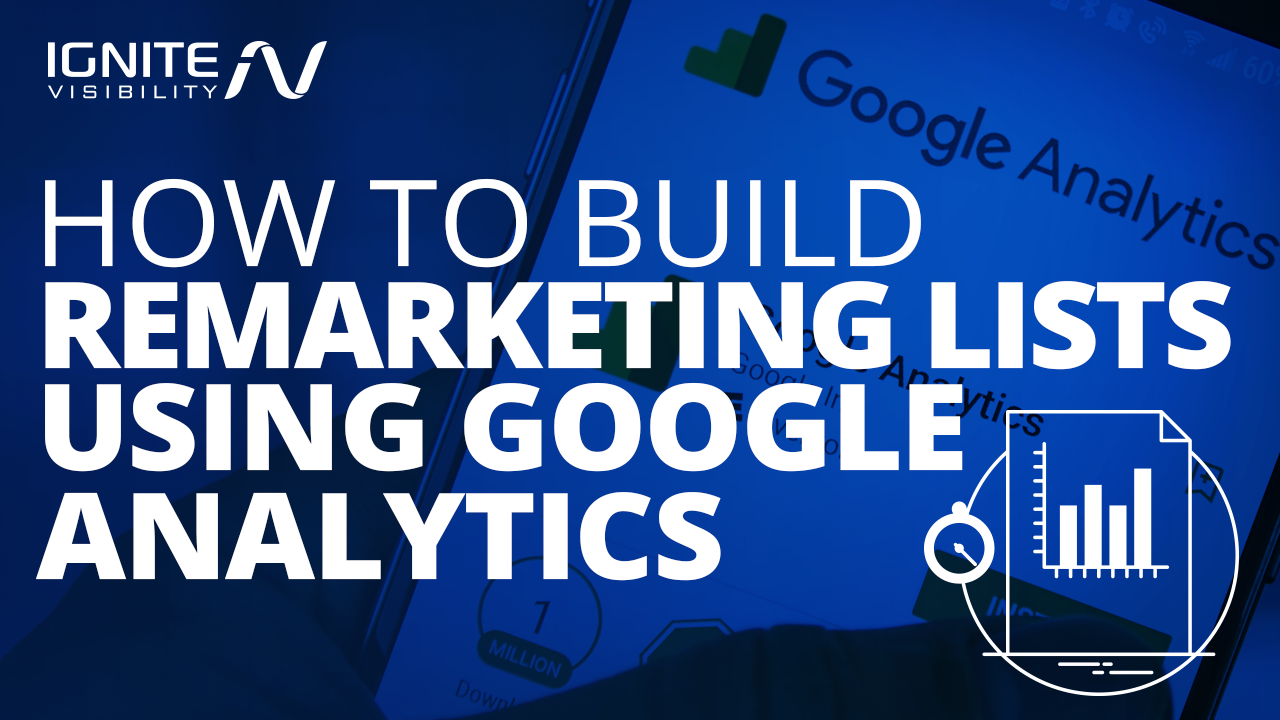Using Remarketing in Google Analytics: A Comprehensive Guide
Harnessing remarketing in Google Analytics offers companies a critical edge in connecting to prospective consumers. The capacity to target individuals who have actually currently interacted with your site provides an unique chance for customized marketing efforts. By comprehending just how to craft target market checklists and release them successfully, organizations can considerably improve their conversion prices. Nonetheless, the intricacies of establishing and optimizing remarketing projects call for a comprehensive understanding of audience segmentation and performance evaluation. This guide will clarify the vital actions associated with utilizing the full potential of remarketing in Google Analytics, resulting in enhanced advertising outcomes.
Recognizing Remarketing in Google Analytics
Remarketing in Google Analytics permits services to purposefully target individuals who have previously communicated with their site or mobile application. By leveraging data from Google Analytics, organizations can develop customized remarketing checklists based upon user habits, such as pages seen, actions taken, or specific objectives achieved. This effective tool enables businesses to re-engage with customers who have actually shown passion in their solutions or products, eventually enhancing the chance of conversion.
Comprehending the various kinds of remarketing approaches is vital for an effective project - What Is “Remarketing” In Google Analytics?. Google Analytics provides numerous options, consisting of basic remarketing, vibrant remarketing, and remarketing listings for search ads (RLSA) Each kind offers a special objective and can be tailored to satisfy details advertising and marketing objectives
Moreover, examining the efficiency of remarketing projects is essential for maximizing results. Google Analytics offers useful understandings right into the performance of different remarketing techniques, enabling companies to make data-driven decisions and fine-tune their targeting technique. By continually adjusting and keeping track of remarketing initiatives based on analytics information, businesses can make best use of ROI and drive success in their advertising and marketing campaigns.
Establishing Remarketing Projects

After establishing target market checklists, the next action is to link Google Analytics with Google Ads. By connecting these 2 systems, companies can effortlessly move audience lists from Google Analytics to Google Advertisements for remarketing objectives. This combination permits for more exact targeting and far better project efficiency.
Once the accounts are connected, businesses can develop remarketing projects in Google Ads utilizing the audience lists formerly defined in Google Analytics. These campaigns can be personalized with specific ad creatives, messaging, and bidding methods to effectively re-engage with past visitors and drive conversions. By following these steps, organizations can utilize the power of remarketing to enhance their marketing initiatives and boost ROI.
Making Use Of Target Market Division Strategies

Predefined sectors in Google Analytics allow you to promptly assess typical audience classifications like new individuals, returning customers, or individuals that finished a particular objective on your internet site. Personalized sectors, on the various other hand, allow you to develop one-of-a-kind sections based on certain criteria that are necessary to your company objectives. Dynamic remarketing lists immediately change based on individual habits, revealing tailored advertisements to users that have actually connected with your website particularly ways.
Analyzing Remarketing Performance Metrics
Upon evaluating the effectiveness of remarketing campaigns in Google Analytics, the evaluation of vital performance metrics offers valuable insights right into audience involvement and conversion prices. By diving right into metrics such as click-through rates (CTR), conversion rates, cost per procurement (CPA), and return go to these guys on advertisement spend (ROAS), marketers can evaluate the success of their remarketing initiatives. Analyzing these metrics allows marketers to enhance campaigns, fine-tune audience targeting, and designate budgets effectively to enhance overall remarketing performance.
Maximizing Remarketing Strategies
When refining remarketing strategies in Google Analytics, concentrating on target market segmentation is critical for achieving project success. By splitting your target market into details segments based on their behavior, demographics, or rate of interests, you can customize your ads better per team. This targeted approach increases the possibility of engaging users that have currently revealed interest in your solutions or items, leading to higher conversion prices.
An additional vital element of enhancing remarketing strategies is constantly screening and refining your campaigns (What Is “Remarketing” In Google Analytics?). A/B official site screening different ad creatives, messaging, or offers can assist you identify what reverberates finest with your audience and drives one of the most conversions. By evaluating the efficiency of these tests in Google Analytics, you can make data-driven decisions to enhance your remarketing initiatives better
In addition, leveraging vibrant remarketing can significantly boost your campaign results. This attribute enables you to reveal tailored advertisements to users based upon their past communications with your internet site, showcasing solutions or products they have previously viewed. By supplying tailored web content to customers based on their behaviors and interests, dynamic remarketing can assist raise interaction and drive conversions.
Conclusion
Finally, taking advantage of remarketing in Google Analytics is a critical approach to target customers that have actually formerly involved with a site. By creating customized target market lists and utilizing target market division techniques, services can enhance remarketing projects for enhanced conversion prices. Examining performance metrics and continuously enhancing strategies are vital for taking full advantage of the effectiveness of remarketing efforts.
Google Analytics supplies different choices, including typical remarketing, dynamic remarketing, and remarketing lists for search ads (RLSA)After establishing up target market lists, the following action is to connect Google Analytics with look these up Google Ads. By linking these 2 systems, services can perfectly transfer target market lists from Google Analytics to Google Ads for remarketing objectives.As soon as the accounts are linked, organizations can produce remarketing campaigns in Google Advertisements making use of the audience lists previously specified in Google Analytics.When refining remarketing approaches in Google Analytics, focusing on audience division is paramount for attaining campaign success.